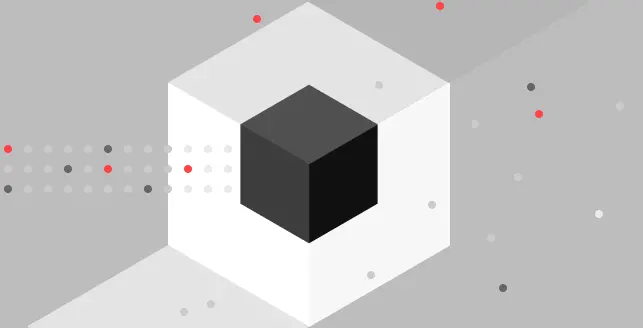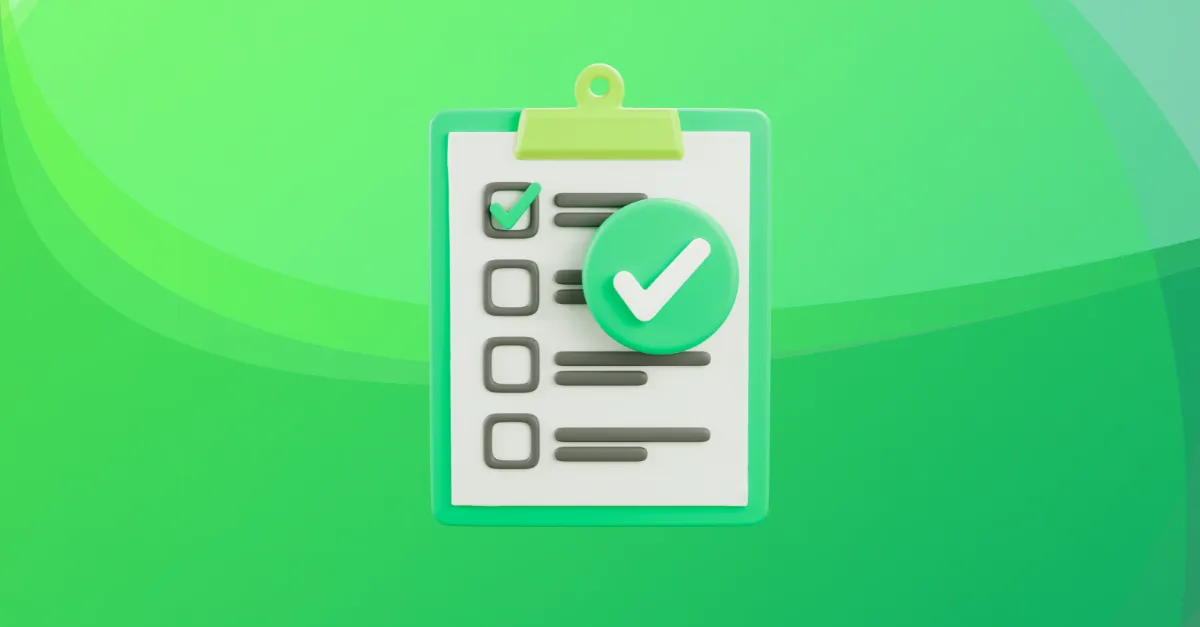
Software as a Service security commonly known as SaaS security refers to the measures and protocols put in place to protect data, applications, and infrastructure within a SaaS environment.
SaaS is a cloud computing model where software applications are hosted by a third-party provider and made available to customers over the internet.
Key aspects of SaaS security include:
Data encryption: Encrypting data both in transit and at rest helps prevent unauthorized access.
Access control: Implementing robust access controls ensures that only authorized users can access sensitive data and perform specific actions within the SaaS application. This involves authentication mechanisms such as passwords, multi-factor authentication (MFA), and role-based access control (RBAC).
Identity management: Effective identity and access management (IAM) solutions help manage user identities, credentials, and permissions across the SaaS environment.
Data Loss Prevention (DLP): DLP solutions monitor and control the movement of sensitive data within the SaaS environment to prevent data breaches, leaks, or unauthorized sharing.
Security monitoring and logging: Continuous monitoring of SaaS applications and infrastructure helps detect and respond to security incidents in real-time.
What are the three layers of SaaS security?
In a SaaS architecture, there are mainly three layers:
1. Infrastructure
Infrastructure encompasses the foundational software used at the lower part of your technology stack. This includes AWS, cloud storage providers, hosting companies, and internal servers. Building a secure SaaS product begins at this base layer.
To maintain security at this level, it is essential to vet each provider you use and ensure that every point of connection between providers is correctly established and consistently maintained. Compliance is a shared responsibility between you, the customer, and your provider.
2. Network
Moving up the server-side stack, network security ensures that connections to your product are secure. This layer is particularly vulnerable to attacks from malicious actors. Implement automated processes to identify, log, and alert for potential security issues.
For additional assurance, consider engaging third-party penetration testing companies and security consultants to evaluate your network security.
3. Application and software
This layer spans both the server-side and client-side parts of your technology stack. Software and third-party applications are used to capture, manage, store, and analyze customer data. SaaS security should focus on this layer, especially when collaborating with other companies to ensure compliance.
Like your infrastructure, it is crucial to vet the applications and software you use to prevent failure. Utilizing a software security platform can help protect subscription software.
What are the risks you may face in SaaS security?
SaaS offers numerous advantages, but it also introduces various security threats that organizations often overlook when transitioning to cloud environments. These risks include:
1. Vendor security practices
Some SaaS providers may lack robust security practices, leading to inadequate data protection policies and subpar customer support. It’s crucial for companies to thoroughly analyze and vet each SaaS provider to ensure strong security measures are in place.
2. Accountability discrepancies
While responsibility for security is typically shared between vendors and clients, service level agreements may obscure discrepancies between the two parties, potentially diminishing vendor accountability.
3. Data security
Data breaches via SaaS resources are common, especially considering that a significant portion of SaaS data access is unmanaged. Poor security measures put sensitive data at risk, posing a threat to compliance efforts.
4. Cross-Site Scripting (XSS)
XSS attacks are prevalent in SaaS environments and can result from simple misconfigurations, leading to the theft of session cookies and data integrity breaches.
5. Configuration vulnerabilities
Misconfigurations in SaaS implementations can weaken security postures, resulting in lax authentication, poor auditing, and management confusion. Office365 migrations, for example, have been associated with such vulnerabilities.
6. Account hijacking
Single or multi-account hijacking is possible in complex SaaS environments, particularly in scenarios involving numerous SaaS services and remote working. Phishers can exploit chaotic access policies and poor monitoring, resulting in severe breaches.
7. API security
SaaS services’ APIs can be vulnerable to cybersecurity threats, including data exposure and authentication issues, making them attractive targets for attackers. Thus, you need to be aware of common REST API security vulnerabilities and GraphQL attacks and vulnerabilities.
11 best practices for SaaS security
As threats evolve and breaches become more sophisticated, establishing robust security protocols is not just recommended; it’s imperative.
This section delves into the best practices for SaaS security, offering actionable insights to safeguard your applications. From stringent access controls to advanced encryption techniques, we will explore the essential measures that can fortify your SaaS environment against the myriad of application security threats it faces daily.
1. Authentication
Strengthen access management by implementing robust authentication and access control systems. Active Control (AC) combined with Single Sign-On (SSO), and Multi-Factor Authentication (MFA) adds layers of security, requiring multiple credentials for sign-ins.
2. Encryption
Employ encryption to protect data at rest and in transit. Use strong, industry-standard algorithms and secure key management practices to ensure that sensitive information remains confidential and is only accessible to authorized users.
3. Monitoring
Continuously monitor the SaaS environment for any suspicious activities or potential security breaches. Set up alerts for abnormal behavior and use advanced monitoring tools to keep track of system performance and security.
4. CASB (Cloud Access Security Broker)
Implement a CASB to extend your security policies beyond your local infrastructure to the cloud. A CASB helps manage access, enforce security policies, and protect against threats in cloud environments where traditional security solutions might not have visibility.
5. Awareness and logging
Maintain comprehensive logs for all system and user activities to support effective forensic analysis and incident response. Educate your team on the latest security threats and practices to ensure everyone is aware and vigilant against potential security breaches.
6. Penetration testing
Regularly conduct penetration testing using platforms like Beagle Security to identify and address vulnerabilities within your SaaS application. These tests simulate real-world attacks, helping to highlight weaknesses that could be exploited by malicious actors.
7. Compliance
Ensure your SaaS application complies with relevant regulatory and industry standards to avoid legal penalties and build trust with users. Regularly review and update compliance measures to align with new regulations and standards as they evolve.
8. Data Backup and Recovery
Implement a robust data backup strategy to ensure that critical data can be restored quickly after a data loss event. Regularly test recovery procedures to confirm their effectiveness and update them based on evolving business needs and technological advancements.
9. Secure development practices
Integrate security into every phase of the software development lifecycle (SDLC). Adopt a secure coding methodology that includes guidelines for coding securely, performing code reviews, and using DAST and SAST tools to detect vulnerabilities early.
Educate developers on common security pitfalls and encourage a culture of security awareness throughout the development team.
10. Third-party security assessment
Regularly evaluate the security practices of third-party vendors and partners who have access to your systems or data. Use thorough assessments, such as security questionnaires and audits, to ensure that third parties comply with your security standards.
11. Incident response plan
Develop and maintain an incident response plan that outlines procedures for detecting, reporting, and responding to security incidents.
Train your staff on their roles during an incident and conduct regular drills to ensure readiness. The plan should also include communication strategies for notifying impacted customers and regulatory bodies, if necessary.
By adhering to these best practices, your organization can enhance the security of its SaaS offerings and effectively reduce the risks associated with operating in cloud-based environments.
Summing up
Securing SaaS applications is a multifaceted challenge that requires a comprehensive and proactive approach.
From the foundational infrastructure to network safeguards and application-level protections, every layer of your technology stack must be fortified against potential threats.
Proper vetting of providers, robust identity and access management, stringent data encryption, continuous monitoring, and SaaS penetration testing are all critical components of a solid SaaS security strategy.
Additionally, awareness and logging, coupled with adherence to compliance requirements, ensure that your security posture remains strong and adaptive to evolving threats.
Beagle Security, a G2 Leader in web application & API security, provides a comprehensive AI penetration testing platform that helps identify and mitigate vulnerabilities in SaaS applications, ensuring robust protection against potential threats.

![Acunetix vs Qualys: Which is the best choice for you? [2026] Acunetix vs Qualys: Which is the best choice for you? [2026]](https://beaglesecurity.com/blog/images/blog-banner-six-840.webp)
![Top Bright Security alternatives [2026] Top Bright Security alternatives [2026]](https://beaglesecurity.com/blog/images/blog-banner-one-840.webp)
![Top GitLab DAST alternatives [2026] Top GitLab DAST alternatives [2026]](https://beaglesecurity.com/blog/images/blog-banner-four-840.webp)


![Top Intruder.io alternatives [2026] Top Intruder.io alternatives [2026]](https://beaglesecurity.com/blog/images/blog-banner-three-840.webp)
